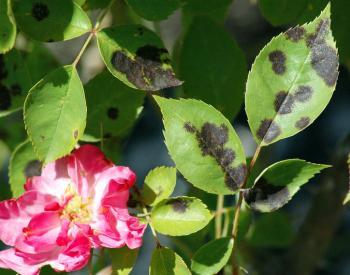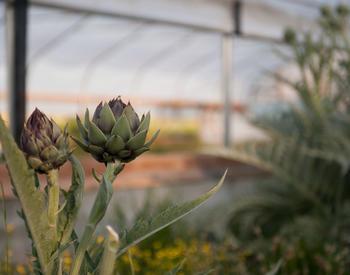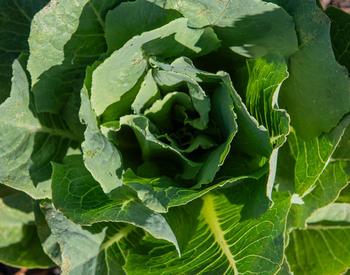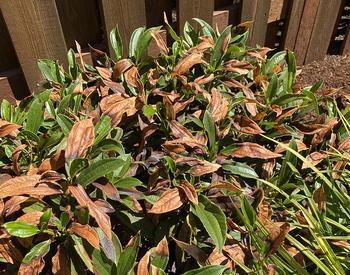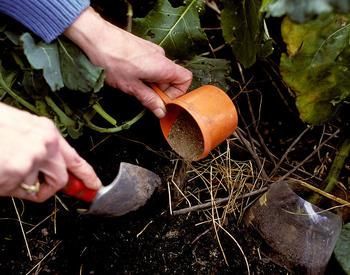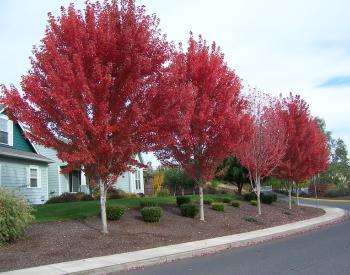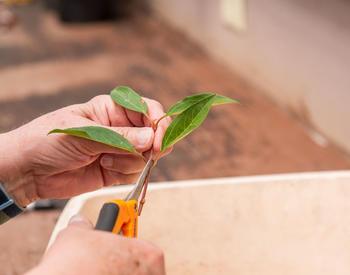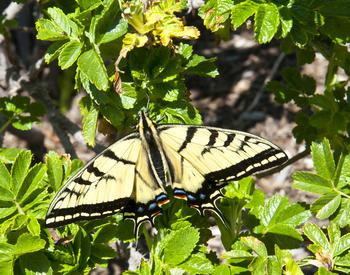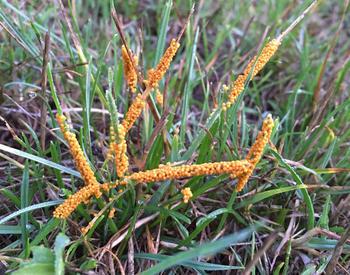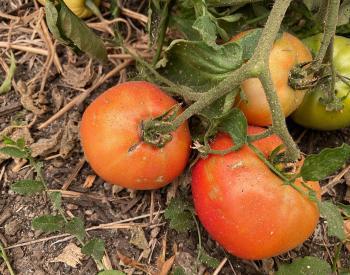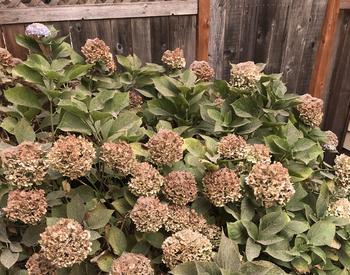Classification and names
- Phylum: Arthropoda.
- Class: Insecta = insects (Arachnida = spiders).
- Order: The technical name of the orders describes the wings. For example: Coleoptera: “coleo” = sheath; “ptera” = wing; that is, a sheath-wing insect.
- Family.
- Genus and species: Scientific name = the Latin name. Genus begins with a capital letter; species begins with a small letter. Genus and species names underlined when handwritten, in italics when in print. Genus is singular; genera is plural. Species is both singular and plural.
Metamorphosis (Insect development)
Four possible life stages: Egg, larva or nymph, pupa, adult.
- Hatch: The youngster hatches from the egg.
- Emerge: The adult emerges from the pupa.
- Molt: To shed exoskeleton.
Complete metamorphosis
Four distinct life stages: Egg, larva, pupa, adult.
Larva very different in form or shape than the adult. Larva often feeds on different food than the adult; in some species, adults don’t feed. After an insect becomes an adult, it is full-sized; a small adult fly will always be small.
Examples: Beetles; butterflies and moths; ants, bees, sawflies and wasps; flies.
Simple metamorphosis
- Gradual metamorphosis: Three life stages: egg to nymph (three to five stages) to adult
- Larva (nymph) resembles adult without wings. Nymph often feeds on same food as the adult.
- Examples: Box elder bugs, earwigs, grasshoppers, stink bugs.
- Incomplete metamorphosis:
- Larva (nymph, or naiad if in water); adult is aerial.
- Examples: Some aquatic orders — dragonflies, mayflies.
Pheromones
Chemicals used for communication. They include:
- Alarm pheromones.
- Aggregation pheromones.
- Mating pheromones.
- Trail pheromones.
Anatomy
Insect anatomy
- Head
- Mouthparts: Sucking or chewing.
- Antenna (antennae): Sensory organ.
- Palps.
- Eyes: Compound or simple (ocellus, ocelli).
- Thorax
- Legs: True (jointed) legs or prolegs (fleshy protrusions from abdomen that occur in caterpillars and sawfly larvae).
- Wings: Veins and/or other markings may be critical for identification. May have zero, one, or two pairs of wings.
- Forewings: May be hardened (all or in part) or membranous. May be fused and nonfunctional in some Coleoptera (beetles and weevils).
- Hindwings: Membranous; may be reduced in size, such as halteres in flies.
- Abdomen.
Arachnid anatomy
- Cephalothorax: The head and thorax are combined into one body part.
- Spiders lack antennae.
- Carapace: A hardened cover on the dorsum (top surface) of a spider’s cephalothorax.
Important insect parts
Exoskeleton
Sclerotized (“hardened”). "Molting" is the process of shedding exoskeleton. Exoskeleton is left behind after molting and may be visible on the plant. For example, aphid exoskeletons may look like lots of small, white "bugs."
Mouthparts
An insect’s mouthparts determine what sort of damage to expect. Similarly, the damage suggests which insect is responsible. Match the plant damage with the mouthparts.
- Chewing arthropod pests eat plant tissue.
- Plants and/or plant parts disappear; holes appear.
- Examples: Beetles, caterpillars, grasshoppers, weevils.
- Sucking arthropods “drink” fluids.
- Siphoning mouthparts: Drink floral nectar.
- Examples: Butterflies, moths.
- Piercing-sucking mouthparts: Pierce tissue, then withdraw liquids or liquefied tissues. Plant tissue may discolor and/or distort. If distortion is present, rule out disease.
- Examples: Adelgids, aphids, mealybugs, scale, true bugs, whiteflies, mites.
- Honeydew: Sticky, sugary liquid excreted by certain sucking insects
- Sooty mold is a ubiquitous air-borne fungus that grows on honeydew. The result: A thin black film that resembles soot.
- Examples: Adelgids, aphids, mealybugs, soft scale, whiteflies.
- Siphoning mouthparts: Drink floral nectar.
- Rasping-sucking pests: The damaged leaf surface is silvery and marked with small, glossy dark spots of fecal material.
- For example, gladiolus thrips cause buds and/or florets to be streaked, distorted or appear as if scorched.
- Chewing-lapping arthropods
- Examples: Leaf cutter bees cut circles or half circles from leaves, petals; honeybees lap nectar.
- Sponging
- Examples: Flies.
Eight common orders of insects
Coleoptera (beetles, weevils)
The largest order of insects; plant damagers, scavengers, predators. “Coleo” = sheath.
- Metamorphosis: Complete.
- Larva:
- Various forms: Grubs, wireworms and more.
- Three pairs of legs, usually.
- Mouth: Chewing.
- Adult:
- Two pairs of wings.
- Forewings (elytra): Hardened; meet in a straight line.
- Hindwings: Membranous.
- Mouth: Chewing.
- Two pairs of wings.
Invasive 2016: Japanese beetle, Popillia japonica.
Dermaptera (earwigs)
“Derm” = skin, leathery.
- Metamorphosis: Simple.
- Cerci (“pincers”) at end of abdomen.
- Mouth: Chewing; predators and scavengers; plant damage = small raggedy holes.
- Larva (nymph): Resembles adult; wings absent or small.
- Adult: Two pairs of wings:
- Forewings: Short and somewhat hardened.
- Hindwings: Membranous.
Diptera (flies, gnats, mosquitoes, certain leafminers)
Diverse roles: Beneficial, health hazard, plant damager, pollinator, scavenger. “Di” = two.
- Metamorphosis: Complete.
- Larva (maggot):
- Mouth chewing or with hooks.
- “Wormlike” (elongated) and without true legs.
- Adult:
- One pair of membranous wings. (Second pair reduced; called halteres.)
- Mouth: Sponging; piercing.
Invasive species: Spotted wing drosophila (SWD, Drosophila suzukii); 2–3 mm long.
Heteroptera (true bugs)
Predators and plant damagers. “Hemi” = half (Half of wing is hard, half membranous.)
- Metamorphosis: Simple.
- Larva (nymph):
- Resembles adult but may be very different color(s).
- “Wing pads”and gradually enlarge to full-size wings.
- Adult:
- Two pairs of wings:
- Forewings: Forward half hard; tip half membranous. Forewings cross diagonally, forming a triangle at the base.
- Hindwings: Membranous.
- Mouth: Piercing-sucking.
- Two pairs of wings:
Invasive species: Azalea lace bug (ALB, Stephanitis pyrioides), brown marmorated stink bug (BMSB, Halyomorpha halys), elm seed bug (Arocatus melanocephalus).
Homoptera (plant feeders, among them adelgids, aphids, mealybugs, leafhoppers, scales, whiteflies, cicadas)
Homoptera is subdivided into sub-order Sternorrhyncha (aphids, scale, whiteflies) and sub-order Auchenorrhyncha (cicadas, spittle bugs, leafhoppers, planthoppers, treehoppers). “Homo” = same; mirror image.
- Some excrete honeydew (e.g., adelgids, aphids, mealybugs, whiteflies, soft scales).
- Metamorphosis: Simple.
- Larva (nymph): May resemble adult; may have wing pads.
- Adult:
- Diverse body forms; scale (females) are stationary.
- Two pairs of wings, or none; both pairs membranous. Often held tent-like over the back.
- Mouth: Piercing-sucking.
- Note: Diagnostic character for aphids = cornicles.
Hymenoptera (ants, bees, horntails, sawflies, wasps)
Diverse roles: Biocontrol agents (parasitoids) pests pollinators scavengers structural pests. “Hymen” = membrane.
- Metamorphosis: Complete.
- Larva: Some damage plants.
- Ants, bees and wasps without legs.
- Sawflies: Three pairs of true legs, plus six to eight pairs of prolegs.
- Prolegs lack crochets (small hooks).
- Chewing mouthparts: Damage leaves, stems; may feed in groups.
- One pair large ocelli (ocellus = simple eye; ocelli = plural).
- Adult:
- Two pair of wings, both pairs are membranous.
- Ants: Adult workers lack wings, but alates (adult mating forms) have wings.
- Carpenter ants: Galleries in damaged wood are smooth and clean. “Waist” (connection between thorax and abdomen) often slender. Mouth: chewing, or chewing-lapping.
- Adult ants, bees and wasps are beneficial insects, often pollinators.
- Two pair of wings, both pairs are membranous.
Isoptera (termites)
Live in soil (subterranean termites) or wood (dampwood termites). Structural pests. “Iso” = equal (All four wings are the same length.)
- Metamorphosis: Simple.
- Larva: Resembles adult; no wings.
- Adult: Soldiers and alates (reproductives).
- Two pairs of wings; membranous; much longer than the body.
- Broad “waist”.
- Mouth: Chewing (damage dead wood).
- Galleries in damaged wood are filled with frass (i.e., are messy).
Lepidoptera (butterflies, moths)
“Lepido” = scale.
- Metamorphosis: Complete.
- Larva (caterpillar): Damage plant tissue, stored foods, some fabrics.
- Three pairs of true legs, plus two to five pairs of prolegs.
- Prolegs with crochets (small hooks). Note: Crochets on caterpillars but not on sawfly larvae.
- Mouth: Chewing.
- Each “eye” is a group of six ocelli.
- Three pairs of true legs, plus two to five pairs of prolegs.
- Adult (butterfly, moth): Many are pollinators.
- Two pairs of wings: both pair covered with scales.
- Mouth: Siphoning; some adults don’t feed.
A brief look at biological control
Overview
- Conserve and enhance existing populations of existing predators and parasitoids.
- Tolerate a few pests because they are food for the beneficial insects and mites.
- Eliminate or reduce pesticides, including those labeled “organic” or “natural.”
- If required, use products considered to be least toxic, such as insecticidal soaps, horticultural oils and Bt (Bacillus thuringiensis).
Principles
- Prevent problems: The right plant, the right place, the right care.
- Monitor (observe) your plants regularly.
- Identify the insect/mite; is it a friend or foe?
- Look for the pests’ naturally occurring enemies.
- If needed, use Integrated Pest Management (IPM):
- Tolerate a few pests; they’re food for the helpful insects.
- Assist your beneficial insects: Clean plants, small flowers.
- Limit ants that patrol plants.
- Set action threshold of damage.
- Note: Some pests must remain to serve as food for beneficials.
Naturally occurring enemies of arthropods
The 3 P's: Predators, Parasitoids and Pathogens. Among purchased predators, lacewings are useful, ladybugs leave, praying mantids are an interesting novelty.
Example: Naturally occurring enemies of aphids (the gardener, too!):
- Ladybugs (both the adults and youngsters).
- Lacewings (fragile, pale green; of the species in the Northwest, only the youngsters).
- Aphidius species: Parasitoid wasps that lay an egg in an aphid; the aphid transforms into a tan, bloated, papery “shell” stuck to the leaf.
- Larvae of flower flies, also called hover flies or syrphid flies.
- Fungus diseases.
Resources for entomology
- Insects (a Peterson Field Guide). Pictorial identification keys inside front and back covers. Descriptions contain information regarding similar insects, which helps refine your identification skills.
- How to Use a Dichotomous Key & Spot ID Characters for the Major Orders of Insects (NCSU)
- Garden Insects of North America (Whitney Cranshaw, 2nd edition). Organized by plant damage. Brief descriptions with numerous photos.
- Spiders and Their Kin (a Golden Guide). An excellent, inexpensive resource.
- Beneficial Insects, Spiders, and Mites in Your Garden (WSU)
- PNW Insect Management Handbook
- Note: Follow insect management recommendations only after identification is confirmed.
- Caution: Follow home use recommendations only.
- OSU Publications Catalog: OSU publications with research-based information
- OSU Monthly Garden Calendars
- UC IPM Online
- University of California Extension publications, including:
- Pests of the Garden and Small Farm (Publication 3332, a book)
- Natural Enemies Handbook (Publication 3386, a book)
- Odorous house ants
- ID and Habits of Key Ant Pests
- Bed Bugs
Use pesticides safely!
- Wear protective clothing and safety devices as recommended on the label. Bathe or shower after each use.
- Read the pesticide label—even if you’ve used the pesticide before. Follow closely the instructions on the label (and any other directions you have).
- Be cautious when you apply pesticides. Know your legal responsibility as a pesticide applicator. You may be liable for injury or damage resulting from pesticide use.

